Bouldering, climbing, and mountaineering for breakdowns, chronic pain, and maintenance, and bodywork clinic
pain free climbing

Climber/Bouldering/Mountaineering/Breakdown/Injury Detailed Explanation
A bouldering manipulative clinic provides optimal treatments for various climbing injuries and individual advice for self-care
Pakiri
Tendon/tendon sheath injury


I got it! !
Finger tendon injury, tendon sheath injury, palm muscle injury, forearm muscle injury...
"Pakiri" is a colloquial term used among climbers to describe injuries (including ruptures and partial tears) of the tendon sheaths (sheaths that support the tendons) in the fingers.vinegar.
At the moment of injury, there is sometimes a "pop" or "clap" sound, and it has been called that (in fact, sometimes there is a loud sound and sometimes there is no sound at all).
When I put my strength into one finger
anywhere on the finger, palm, wrist, or forearm
If a clear pain runs through
First of all, I think that it was "paki"
…However, there are various patterns of “Pakiri”.
Here, pakiri"A type of acute finger injury"I will explain as In other words, ``damage to the tissues of the fingers, palm, and forearm caused by a strong load on the fingers''Pakiri in the broadest sensePlease think.
There are very few cases where the "only the tendon sheath" of the finger is damaged. Comorbid muscle and tendon injuries are common.
Even if there is no sound,The case
very many
There are patients who say, "I don't think it's cracked because it didn't make a sound."
Two patterns of injury when fingers are snapped
(1) Pain in the forearm or palm (mainly muscle damage)
(2) Pain is in the finger itself: damage to tendons, tendon sheaths, ligaments, etc.
First of all, both of them require a “climbing break for a certain period of time” as a major premise. While continuing light climbing,Please think that it is impossible to improve "pakiri". It's not that sweet of an injury.
Immediately after the injury (at least 1-2 weeks), it is basic to "do not move" and "do not use". There is no point in kneading or stretching a sore spot (other than the affected part of the injury).
If necessary, it may be better to fix it with a supporter or tape.
Those who failed to heal while climbing
i have seen a lot
Climbing and healing is a story after a certain amount of time (about 3 weeks to 2 months) has passed after the injury and about half of it has healed. Until then, it's best to stay away from the affected area and focus on healing.
If you try to heal while climbing, not only will the healing period become longer, but even after healing, the chronic pain in your finger will continue and your grade will hit a ceiling.
It is better not to think that you will cure "Pakiri" while climbing.
In the case of ①・・・The improvement period is relatively short (4-7 weeks)
We will perform treatments that approach the muscles and support early recovery. Correct treatment at an early stage leads to "clean healing" to prevent old wounds from becoming old.Also, by removing muscle tension from the upper arm to the shoulder blade, we will increase the healing power.
In the case of (2), the improvement period is relatively long (8-15 weeks).
In addition to ①, we approach both muscles and nerves to promote fundamental improvement. The body of the pachy person often has a bad muscle balance in the forearm. Muscle stiffness around the neck and shoulder blades, as well as tension in the back muscles, often delay improvement.
From such a point of view, we will also adjust the balance of the whole body and lead to "clean healing" to prevent old wounds.
The most important thing to improve pakiri is the response to cure!
When you get stuck, the most important thing is to take care of yourself while you are recovering. If you make a mistake in how to proceed with rehabilitation climbing, not only will it take a long time, but many people will suffer from aftereffects and relapse.
In most cases, finger injuries occur as a result of overall fatigue from the neck, shoulders, back, and fingertips. Efforts to reduce fatigue over the long term are the fastest way to improve and prevent recurrence.
As for recovery from pakiri, both intensive care for the back and shoulders, which are difficult to self-care, and "the optimum self-care method necessary at that time" based on past experience are essential.
At the bouldering chiropractic clinic, we will tell you about self-care methods that you can do every day, while proposing a plan that suits you every time you visit us.
Treatment + self-care method
+ Guidance on daily activities
These three support the fastest return
At the bouldering chiropractic clinic, we will advise you on how to proceed with rehabilitation climbing, and support early return and prevention of recurrence.
Proposing an improvement plan for you
We will also teach you how to self-care
-
treatment
-
self care for you
-
Guidance on daily activities
These three support "recovery without recurrence"
Bouldering manipulative clinic
It's not just a manipulative clinic for climbers
"Counseling office for improving performance"
There is also
Based on the vast amount of data
"The most efficient way to recover"
think with you
Please feel free to contact us without worrying alone!







